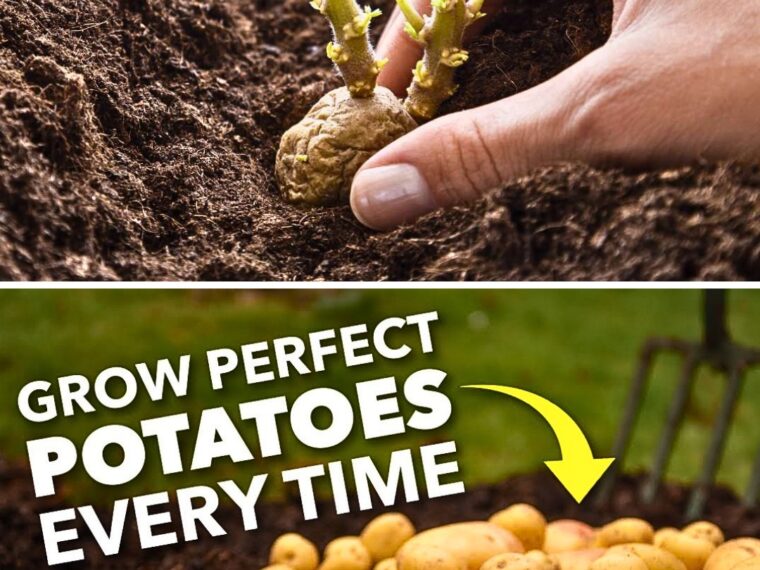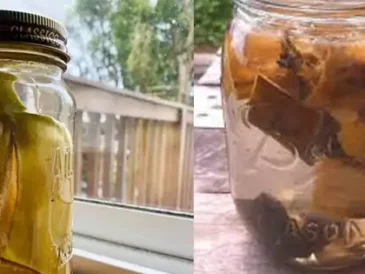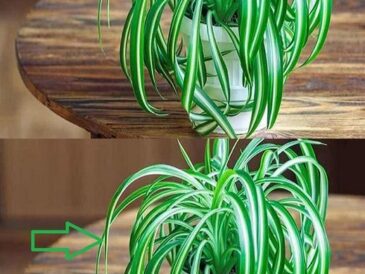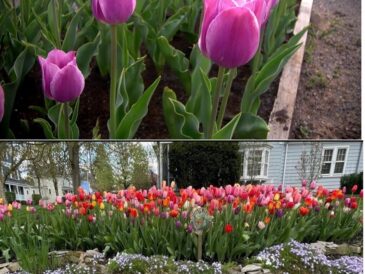3. Growing Potatoes in Different Seasons
Spring Planting
Spring is the traditional time to plant potatoes in most regions. The soil temperature should be at least 45°F (7°C) before planting.
Tips:
- Chit the Seed Potatoes: Start chitting your seed potatoes indoors 4-6 weeks before planting. Place them in a cool, light place to encourage sprouting.
- Prepare the Soil: Ensure the soil is well-drained and rich in organic matter. Add compost or well-rotted manure to improve fertility.
- Planting Depth: Plant the sprouted seed potatoes about 4 inches deep and space them 12 inches apart in rows that are 2-3 feet apart.
Summer Planting
In warmer climates, you can plant a second crop of potatoes in late spring or early summer for a late summer or fall harvest.
Tips:
- Shade and Mulch: Protect young plants from the intense summer sun by providing shade and using mulch to retain soil moisture.
- Watering: Potatoes need consistent watering, especially in hot weather. Ensure the soil remains evenly moist but not waterlogged.
Fall and Winter Planting
In mild climates, potatoes can be planted in the fall for a winter or early spring harvest. In colder regions, you can grow potatoes in containers indoors or in a greenhouse during winter.
Tips:
- Frost Protection: In areas where frost is a concern, cover the plants with row covers or mulch heavily to protect them from cold damage.
- Container Growing: Use large containers filled with a rich, well-draining potting mix. Keep the containers in a sunny, frost-free location.
- Greenhouse Growing: If you have a greenhouse, you can grow potatoes year-round by controlling the temperature and light. Ensure adequate ventilation to prevent disease.
4. Alternative Growing Methods
To cultivate potatoes year-round, especially in non-ideal conditions, consider using alternative growing methods.
1. Raised Beds
Raised beds provide excellent drainage and allow for better control of soil temperature and composition. This method is ideal for extending the growing season, as the soil warms up faster in the spring and cools down slower in the fall.
Tips:
- Build raised beds at least 12 inches deep.
- Fill the beds with a mix of garden soil, compost, and well-rotted manure.
- Mulch heavily to retain moisture and regulate soil temperature.
2. Container Gardening
Growing potatoes in containers is a versatile method, perfect for small spaces or indoor gardening. It allows for easy relocation of the plants to chase the sun or avoid frost.
Tips:
- Use large containers (at least 15-20 gallons) with good drainage.
- Start with 4-6 inches of soil at the bottom, place the seed potatoes, and cover with another 4 inches of soil. As the plants grow, keep adding soil until the container is full.
- Ensure the containers are placed in a sunny location.
3. Straw Bale Gardening
Straw bale gardening is an innovative technique that involves planting potatoes directly into decomposing straw bales. This method provides excellent drainage and can extend the growing season by retaining heat.
Tips:
- Condition the bales by watering them daily and adding nitrogen-rich fertilizer for about 10-14 days before planting.
- Plant seed potatoes directly into holes in the bales.
- Keep the bales moist but not soggy.
5. Managing Pests and Diseases Year-Round
TO CONTINUE READING PLEASE SEE NEXT PAGE




